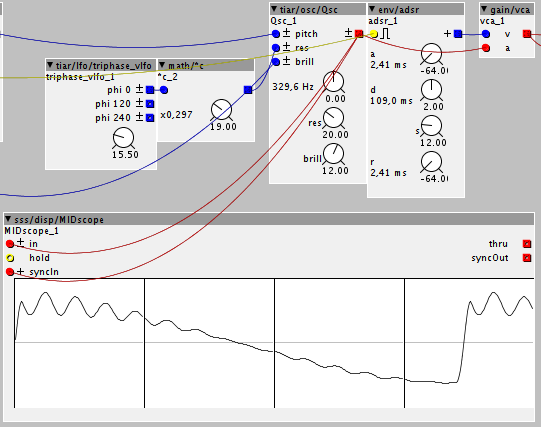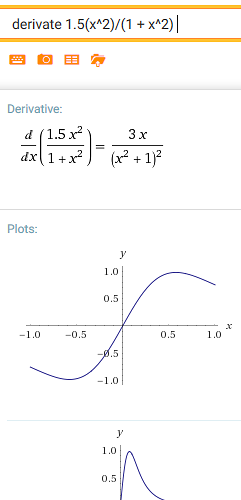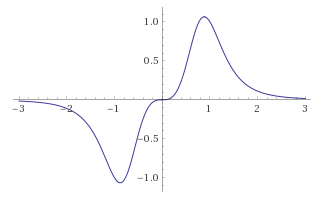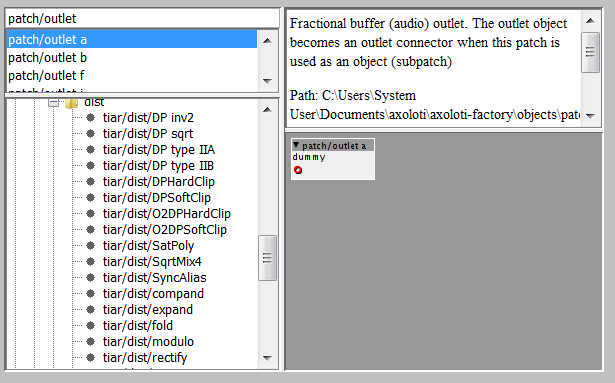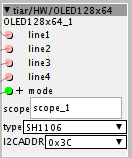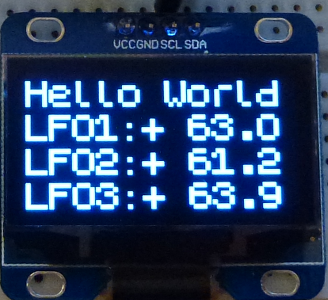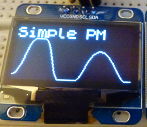tiar/dist
A little word about work in progress...
I'm working on a set of DP antialiased distortions.
I will post more detailed information soon.
Some help/test patches are already available in
Help -> Library -> Community -> tiar ->dist -> ...
-
compand
for companding (use in conjonction with expand for non linear mixers...) - expand
-
rectify
a full wave rectifier. -
step
an "infinite gain saturation". (planned lighter CPU than the factory dist...) -
fold
a wave folder. -
squares
alternating positive and negative steps. -
modulo
a modulo folder (sounds harsher than the classic fold).
To my ears, the anti aliasing by analytic pre integration / numeric differentiation is good enough to allow the combination of multiple distortions in parallel and series... and maybe feedback through tuned delay lines 

